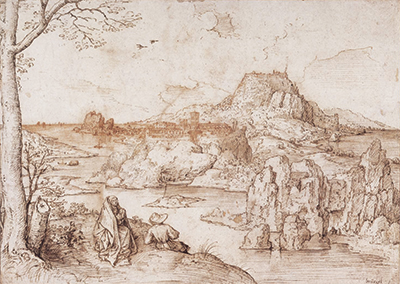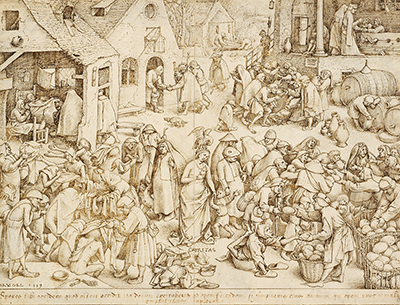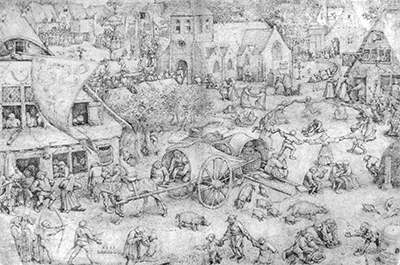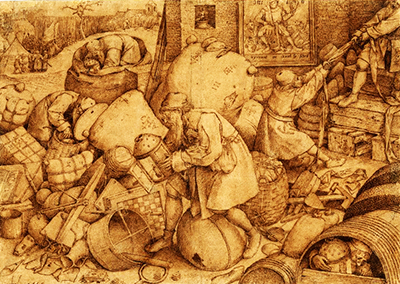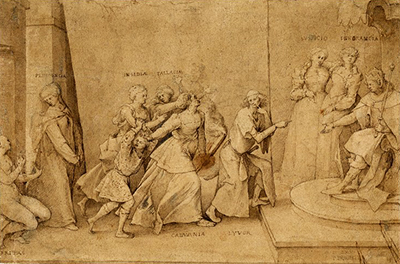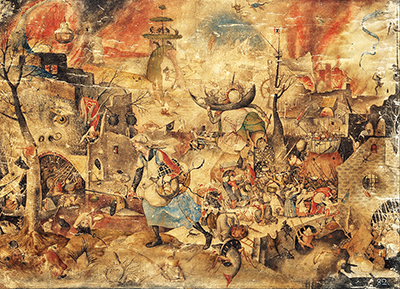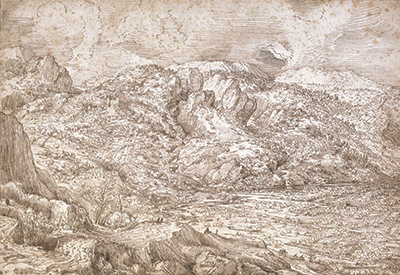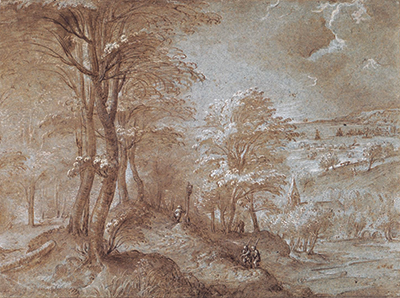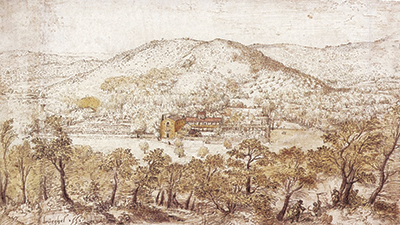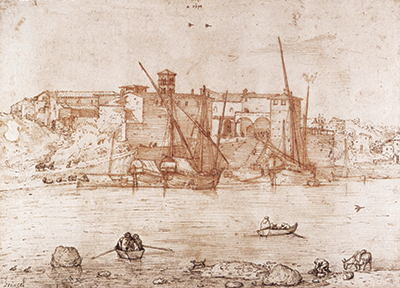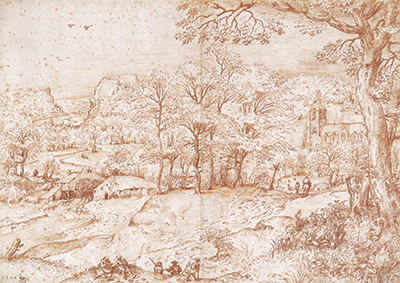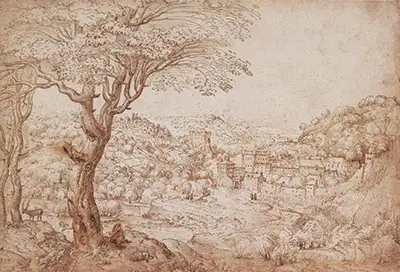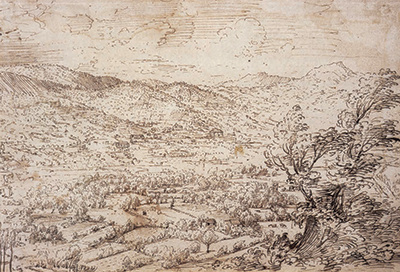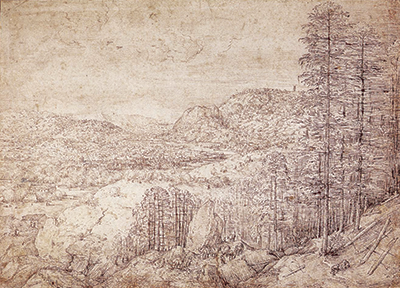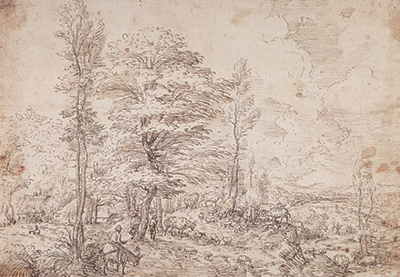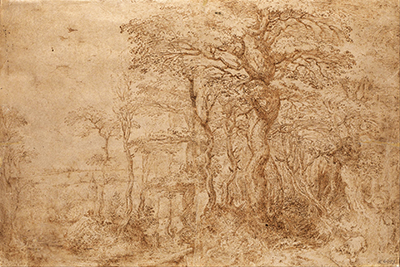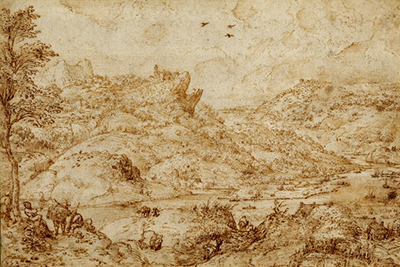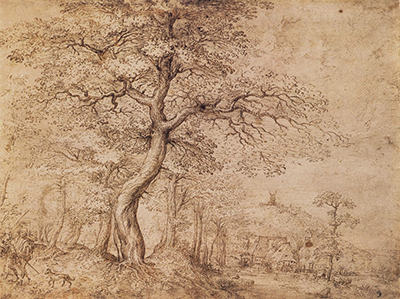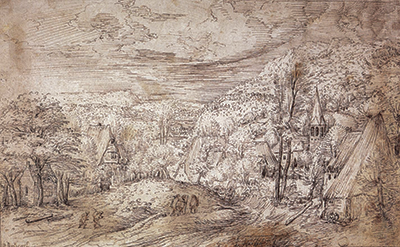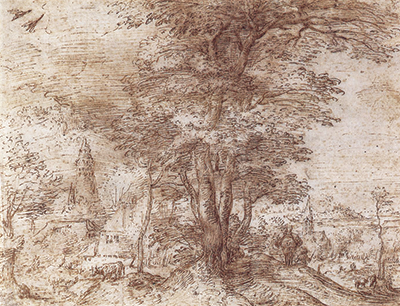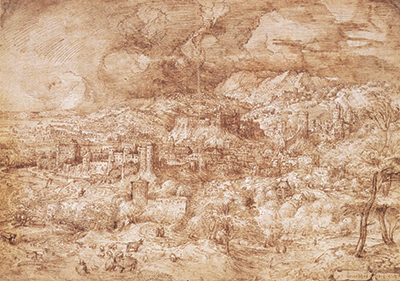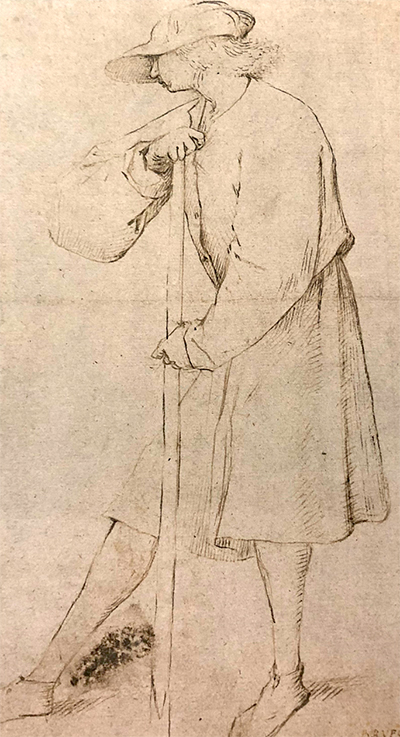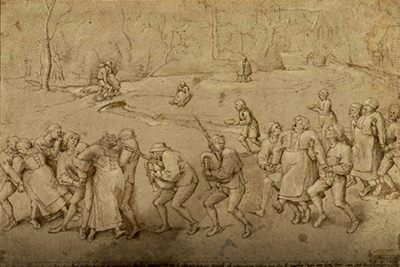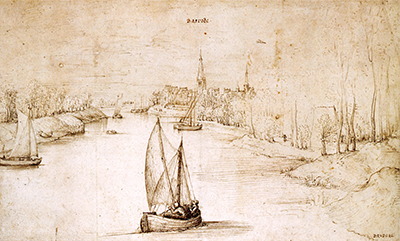Pieter Bruegel was initially very much a draughtsman who could paint and it was only in the last decade of his life that this balance switched
The Elder's handling of the pen was considered to be accurate and tidy. His earliest work were landscape sketches across the Netherlandish countryside but even in the very latest years of his career he was still achieving impressive results as a draughtsman, such as in The Beekeepers and The Painter and the Buyer (pictured here). There was an honesty and reality to Bruegel's compositions that remain relevant today and this was carried through to all mediums in which the artist was involved. The small selection of Pieter Bruegel the Elder drawings listed below are the ones that either still remain today or lasted sufficiently long enough for them to be accurately documented and attributed to the Netherlandish master.
The earliest landscape drawings produced by Bruegel was made during and after an extended visit to the Papal States of Italy in 1552-1554. This would have been relatively soon after finishing his training in Antwerp, and initially he worked on an altarpiece that has been lost in the passage of time. The landscapes found in Italy inspired the artist to draw dense forests, tall mountain ranges and winding rivers, all captured in pen and ink. The display of both the good and bad sides of morality underlines how artist Bruegel was influenced by the inventive Hieronymus Bosch. They saw the strengths and weaknesses of humanity and felt comfortable in depicting both.
In this sense there was a far greater depth to their work than some others from this era who simply specialised in portraits, beautifully composed portraits in fairness, and saw this as a means to strengthening their financial and reputational future. There are around sixty drawings attributed to Pieter Bruegel the Elder, though some art historians believe there may have been several thousand more that were lost over time. Indeed, artist Albrecht Durer has around 1,000 artworks attributed to him, so in comparison his Netherlandish rival's remaining oeuvre is, on the face of it, exceptionally small. The underpainting found within Bruegel's paintings were relatively sparse, likely to have been completed briskly. The conclusion from that would therefore be that he drew confidence from other study sketches prior to commencing his complex oil paintings.
The original drawings from artists like Durer, Bruegel and Rembrandt have always been more accessible to art collectors than the larger, more complex oil paintings. That led to a greater dispersal of their work in this medium across the European continent and beyond. In comparison, the large paintings required substantial sums for both insurance and security, meaning most could not host such valuable artworks. In recent centuries, however, several high profile art museum and galleries have been attempting to build up their own collections, making broad studies of an artist's draughtsmanship output easier to achieve. The Albertina in Vienna, Austria and the Ashmoleon in Oxford, UK offer two examples of how strong permanent collections, with the addition of loaned items from private collections and other national galleries, can put together some supreme exhibitions that allow us to study a genre as a collective.
Famous Draughtsmen from the Northern Renaissance and Dutch Golden Age
Pieter Bruegel the Elder was just one of a number of highly skilled draughtmen from the Northern Renaissance and Dutch Golden Age. They would make use of landscapes, seascapes and portraits within this medium. On some occasions they would be study pieces for larger oil paintings, whilst on other occasions they might be intended to be considered independant artworks in their own right. We mustn't forget that many artists also liked to sketch or paint purely for their own pleasure.
As the most revered of all from this impressive selection of artists, Rembrandt drawings have been studied in exceptional detail, with few other artists having as many artworks remaining from this particularly fragile medium. His specialty was portrait sketching (many of which were self-portraits), in part due to the ease with which he could see this type of genre and keep up with his relatively lavish lifestyle.
Some of the most famous artists during these periods would have their work passed around between their own studios and even by artists elsewhere. Jan van Eyck drawings would be used as a guide for others to follow, perhaps where he was too busy to complete the full commission himself. For an artist to give his name, or his studio's name to any new artwork, they would always be keen to ensure that the quality was as consistent as possible, often serving in a supervisory role for the overall project.
Hieronymus Bosch was another spearhead of the Netherlandish art movement, born nearly a century earlier than Pieter Bruegel the Elder. The artist's prominence within this period of European art has ensured that all possible efforts have been made in order to uncover all surviving elements of his career, realising a durprisingly large collection of Bosch drawings, when considering how much time has passed by since his career took hold.
Albrecht Durer was perhaps the most respected artist in the Northern Renaissance from the region that we now know as Germany and his abilities stretched across multiple mediums, way beyond just painting and drawing. His chosen tool for illustrating was silverpoint, which became more frequent after visits to the neighbouring regions of the Netherlands. He would also make use of oil painting, watercolours and etchings.




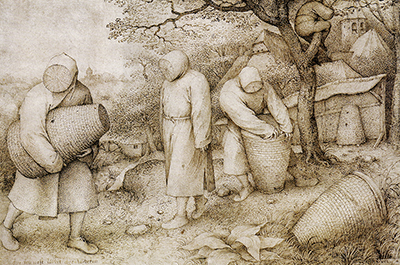
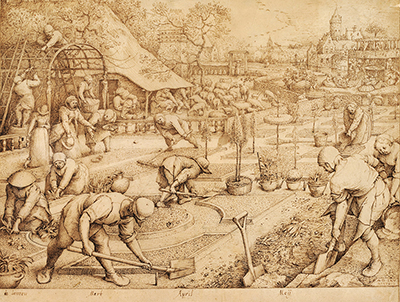
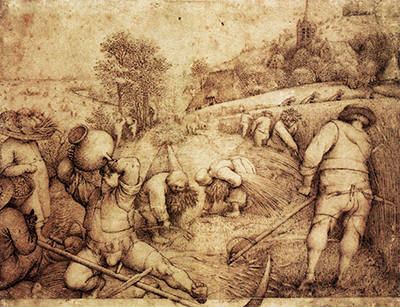
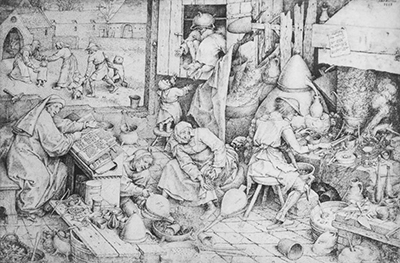
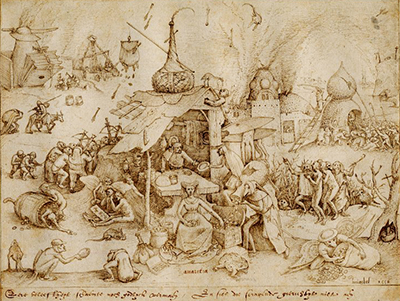
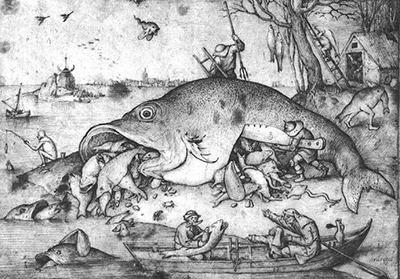
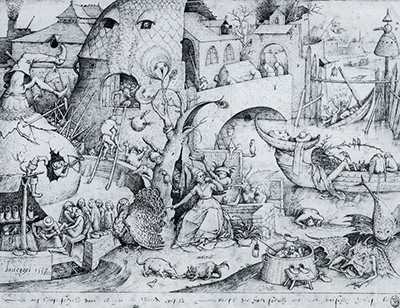
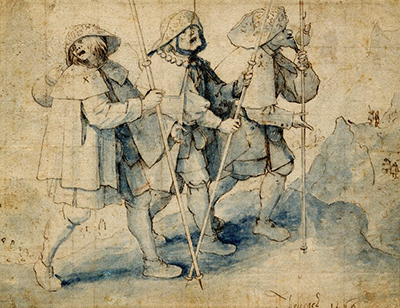
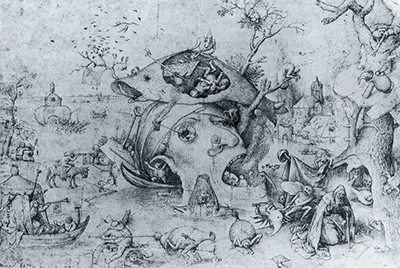
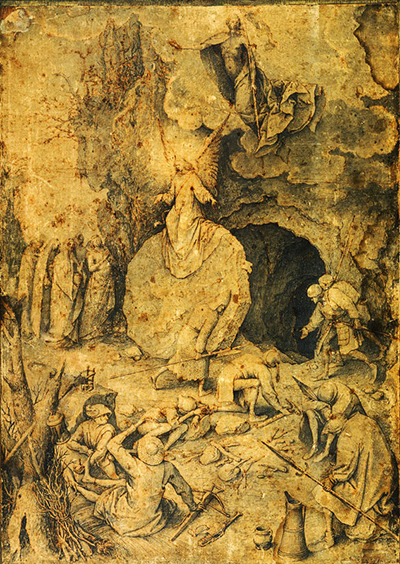
 Pieter Bruegel.jpg)
